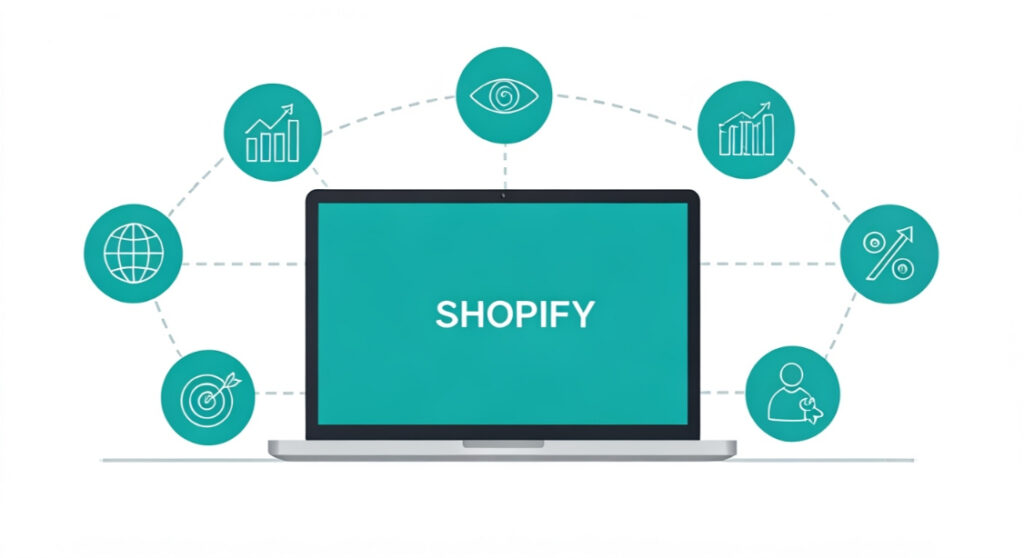Bluehost to Shopify: A Seamless Migration Guide


Ready to move your website to Shopify? Our guide shows how to migrate online presence from Bluehost to Shopify smoothly and efficiently, improving your eCommerce potential.
Bluehost to Shopify: A Seamless Migration Guide
Is Shopify the Right Move for Your Business?
- Dedicated eCommerce Functionality: Shopify is built for eCommerce, offering features like abandoned cart recovery, robust product management, multiple payment gateways, and built-in marketing tools that are often add-ons with Bluehost/WooCommerce.
- Simplified Management: Shopify handles the technical aspects of running an online store, such as server maintenance, security updates, and performance optimization. This frees you up to focus on growing your business instead of managing technical infrastructure.
- Scalability: Shopify can handle significant traffic and sales volume without requiring you to worry about server crashes or performance bottlenecks. It’s designed to scale as your business grows.
- App Ecosystem: The Shopify App Store offers thousands of apps that can extend the functionality of your store, from marketing automation to customer support to inventory management.
- 24/7 Support: Shopify provides 24/7 customer support via phone, email, and chat, ensuring you always have access to help when you need it.
- SEO Optimized: While not perfect out-of-the-box, Shopify offers a solid SEO foundation. With its clean code and customizable features, it allows for effective search engine optimization strategies.
Planning Your Migration: Key Considerations
1. Inventory Assessment and Data Preparation
- Product names and descriptions
- SKUs and pricing
- Images and videos
- Variations (e.g., size, color)
- Inventory levels
- Categories and tags